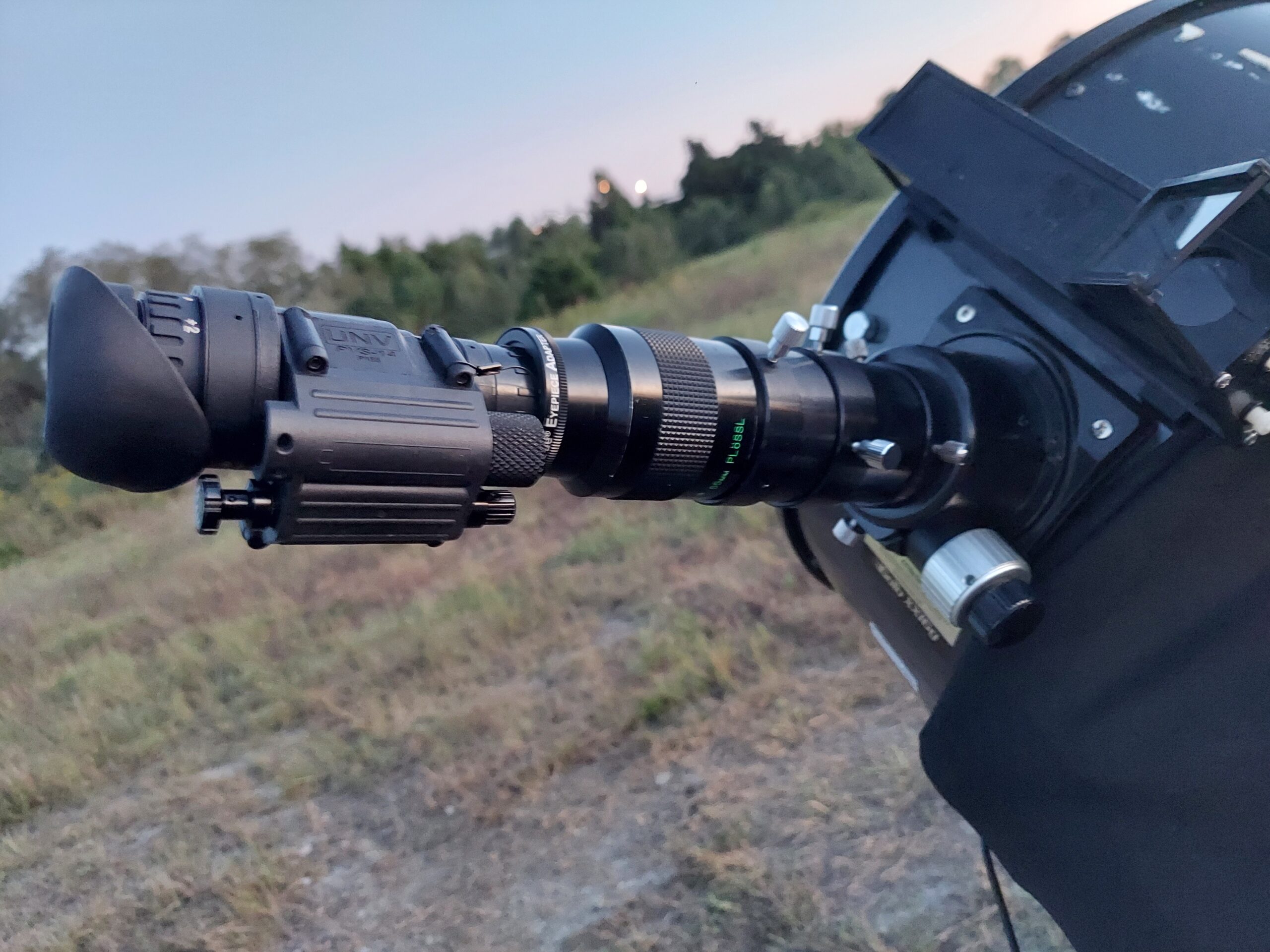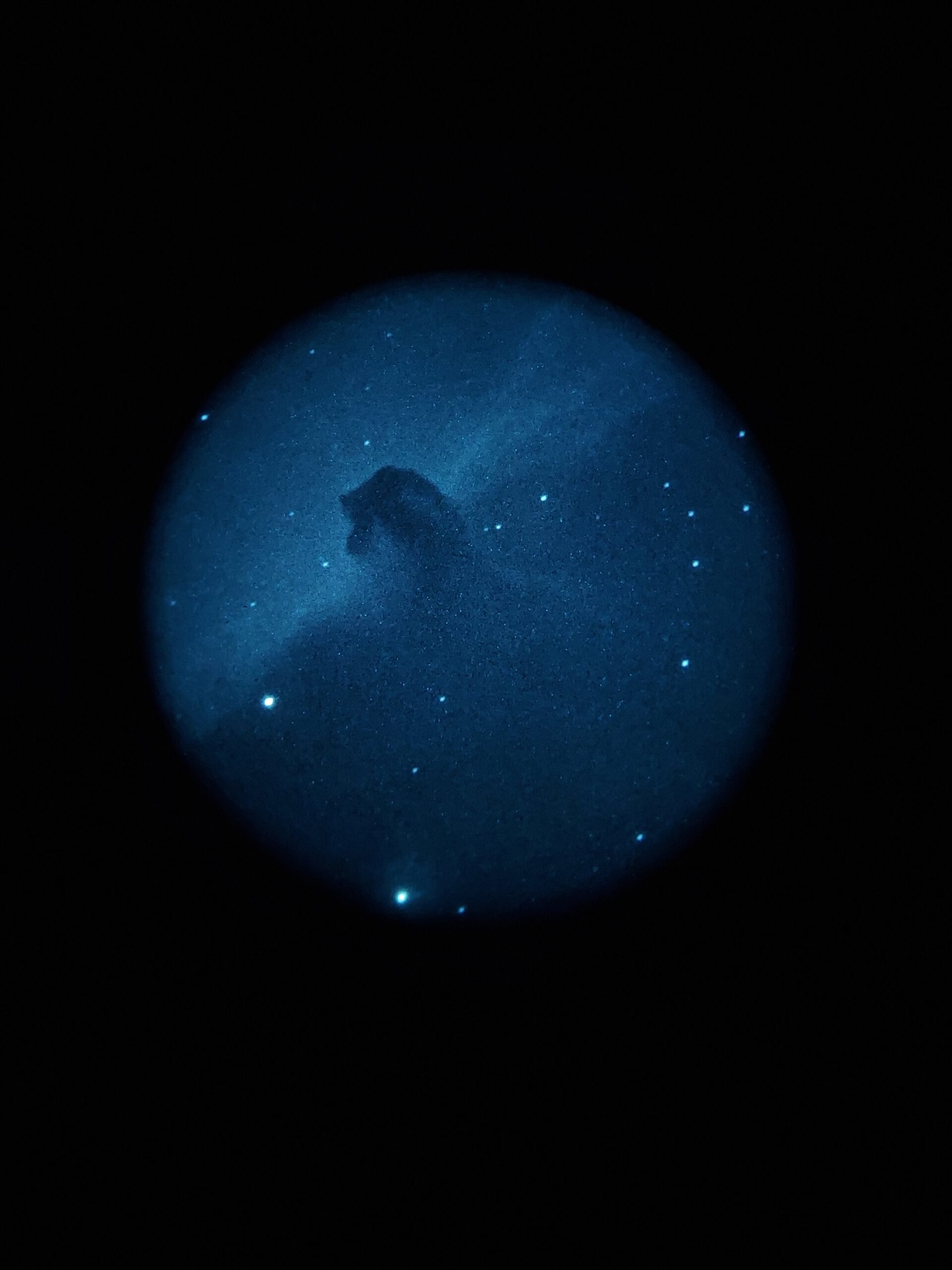What is Twilight?
Twilight describes illumination from the scattered light of the sun when it is just below the horizon, as well as the period when such illumination occurs. Twilight occurs both before sunrise and after sunset. There are exact geometric definitions of morning and evening twilight, as well as three distinct sub-categories: civil, nautical, and astronomical twilight.
Key Takeaways
- Twilight occurs before sunrise and after sunset.
- It is caused by sunlight scattering off the upper atmosphere and illuminating the lower atmosphere.
- There are three types of twilight, each defined by the sun’s angle in relation to the horizon.
Understanding Twilight
Though twilight is typically associated with nightfall, it occurs both in the morning and evening. Twilight refers to a period when the sun is completely below the horizon but the sky is not yet dark.
During twilight, Earth receives illumination not directly from the sun, but rather from sunlight which is refracted and scattered by gas molecules in the upper atmosphere. Without an atmosphere, there would be no twilight and the sky would darken immediately after sunset.
There are three stages of twilight. Each stage is defined by the angle of the sun’s geometric centre with respect to the horizon.
Civil twilight occurs when the sun is between 0 and 6 degrees below the horizon. Artificial light is not yet needed to discern objects on the ground and perform outdoor activities. The brightest planets and stars become visible.
Nautical twilight occurs between 6 and 12 degrees. During this stage, details become hard to make out but the horizon may still be visible, along with familiar constellations. Nautical twilight represents the limit at which a sailor may navigate using the horizon and star patterns.
Astronomical twilight occurs when the sun’s centre is between 12 and 18 degrees below the horizon. During astronomical twilight, the sky appears dark to the casual observer and many faint stars are visible. However, observations of deep-sky objects will be hindered by this residual twilight. Astronomical twilight provides a practical boundary for astronomers to determine the beginning and end of night.
The duration of each stage of twilight varies according to the time of year as well as the observer’s latitude, as it is dependent on the angle of the sun’s motion relative to the horizon.
Therefore near the equator, where the sun’s angle is very steep, civil twilight may last less than 30 minutes whereas near the poles, twilight can last all night.
Knowing when astronomical twilight begins and ends can help the astronomer plan an observing session.
The end of evening twilight is called dusk, while the beginning of morning twilight is called dawn.
Related Terms
Sunrise
Dusk
Longitude




